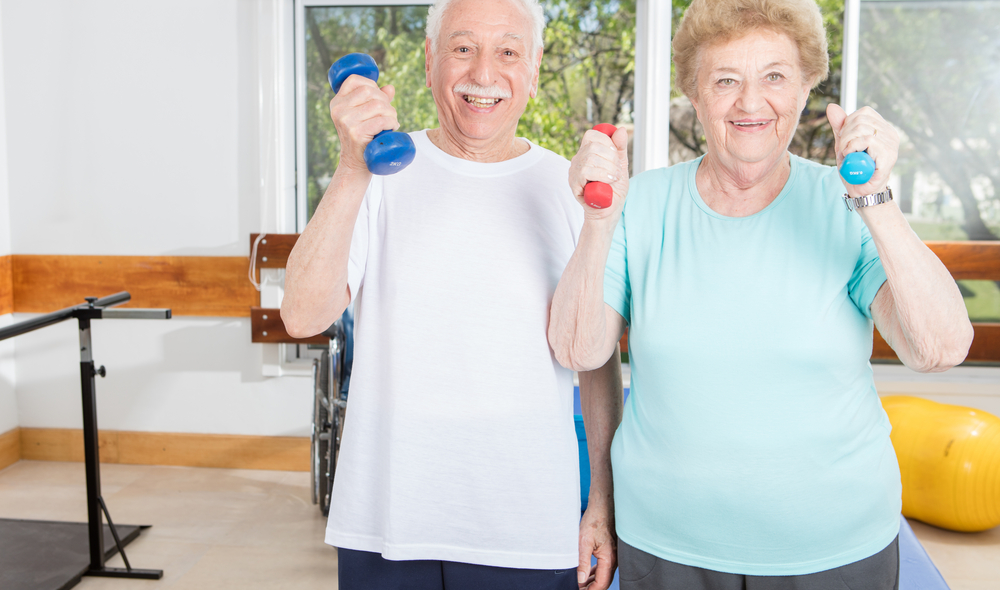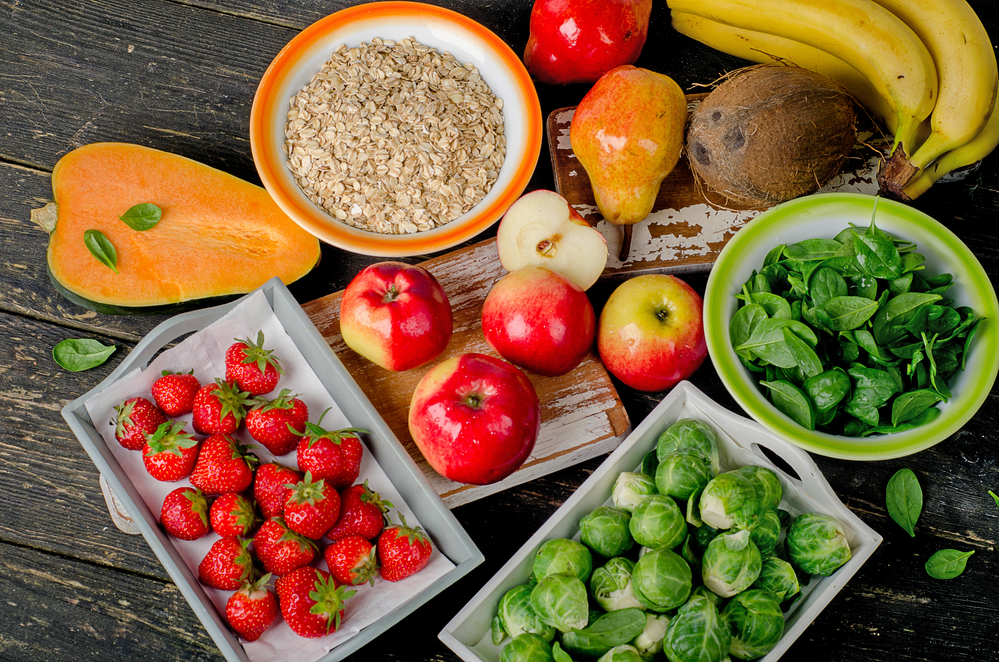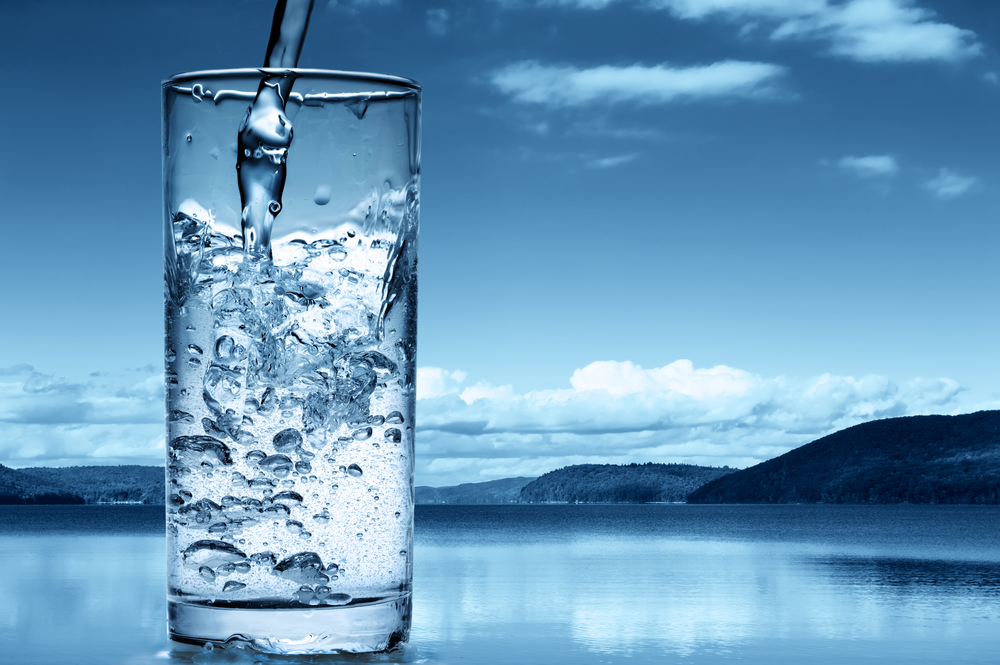Tips for preventing falls in the elderly
 Falls are a common health risk among old people, and in the United States, about 25 percent of old people fall each year.
Falls are a common health risk among old people, and in the United States, about 25 percent of old people fall each year.
Falls can bring a series of hazards for the elderly in many aspects. A sudden fall can lead to physical damages like fractures and even death. In Spain, sudden falls are surprisingly the third leading cause of elderly death.
After a fall, old people may fail to recover quickly and are forced to remain bedridden for a long period, thus greatly affecting the quality of life. In addition, fear of re-falls sometimes restrict outdoor activities and social activities, and if isolation from outside persist long, they would be at risk of psychological problems.
Risk factors for falls
Many factors contribute to falls, and some common contributors studied in clinical trials include:
- balance, gait, visual impairments
- postural hypotension which could lead to loss of balance and consciousness
- medications like over-the-counter drugs which could cause sedation, confusion or ataxia
- cognitive or depressive problems that could harm executive function and psychological retardation
- environmental hazards
If you are 65 years of age or older, you are recommended to have annual screening for the risk of falls, which can help check out your potential risk factors for falls, then based on the results, design your fall-prevention plan.
Below are some simple but essential tips that could help you prevent falls.
Do fall-prevention exercise
Fall-prevention exercises like Tai chi can enhance muscle strength and improve balance. Participants engaging in regular exercise were found to be 23% less likely to fall than those do not. Limited evidence also shows that exercise may reduce the number of falls leading to fractures.
Wear suitable and comfortable shoes
Suitable and comfortable shoes are the basics for preventing falls. Avoid high heels that can increase the difficulty in your balance and stability. Floppy slippers that are easy to trigger falls shall be forbidden. Lace-up shoes, instead of loose-fitting shoes, can ensure the best fit so as to avoid falls.
Prevent home hazards
Home can also be a dangerous location for elderly falls. Keep all pathways at home clear and free of clutters that might risk stumbling you down. Avoid placing green plants, bookshelves or coffee tables in the narrow rooms. Some daily necessary goods like clothes, foods, plates shall be placed within easy reach. Most importantly, always keep home dry and clear floor water in time to prevent slipping.
Bathrooms are considered to be the best dangerous spot in a home where people are often subject to falls. As a result, bathrooms shall be installed with non-slip carpets. If possible, grab bars for shower or tub shall also be equipped for old people to rely on.
Keep indoors brightly
The dark environment can increase your risk of falls. Install night lights in bedrooms, bathrooms, as well as aisles. It is advisable to have a table lamp beside your bed in case of getups at night.
It deserves noting that a sudden stand up after long-hour sleeping can cause a quick decline in blood pressure and dizziness, which is why old adults are often found to fall in the bedroom. To prevent this, you shall sit for 30 seconds before standing up from the bed.
If you are an alcohol lover, it is sensible to have accompanies to secure you from falls when getting drunk.


